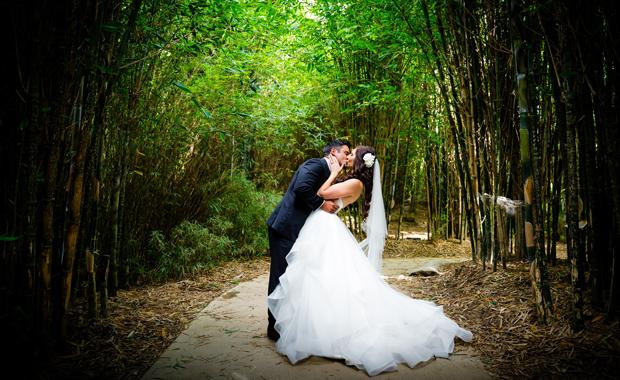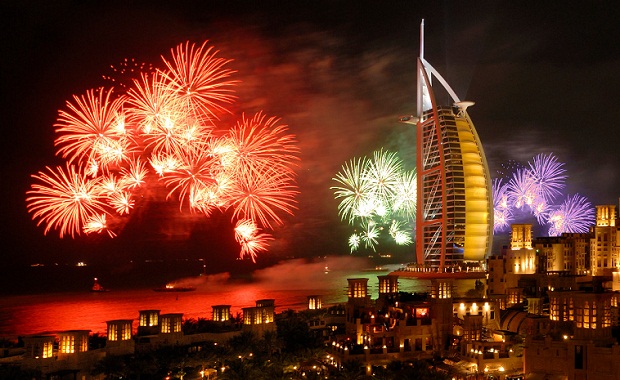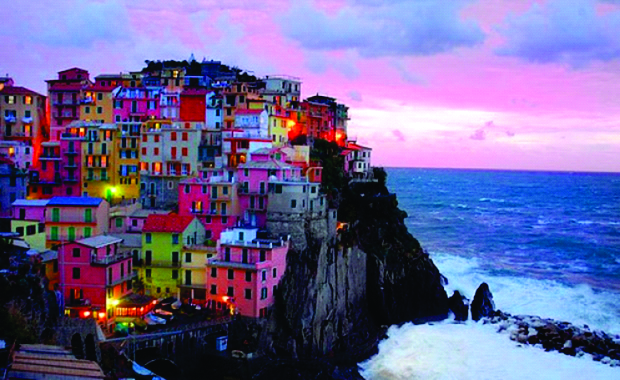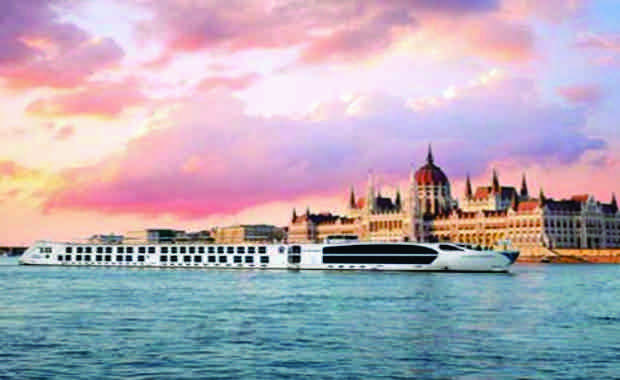China, Tibet & The Yangtze
14 DAYS FROM BEIJING TO SHANGHAI

Embrace the yin and yang of wonders old and new on this soul-enriching expedition.
Their names alone evoke the wonder and timeless allure of China: the Great Wall, Forbidden City, Temple of Heaven, Goddess Stream. Wide enough for cavalry to ride along its crest, stretching from the Yellow Sea to China’s eastern border, the Great Wall is one of China’s legends. In Xi’an, 8,000 life-size Terra-cotta Warriors stand in formation, facing the enemies of an emperor who died 2,200 years ago. The red and white walls of the Potala Palace rise massively above Lhasa, and the floor of the gold-domed Jokhang Temple has been worn smooth by centuries of pilgrims reverently prostrating themselves before a seventh-century Buddha. Experience all of this on an adventure that also encompasses Beijing’s imperial palaces and exquisite gardens, Shanghai’s towering skyscrapers and the ethereal landscape of the Yangtze’s Three Gorges.
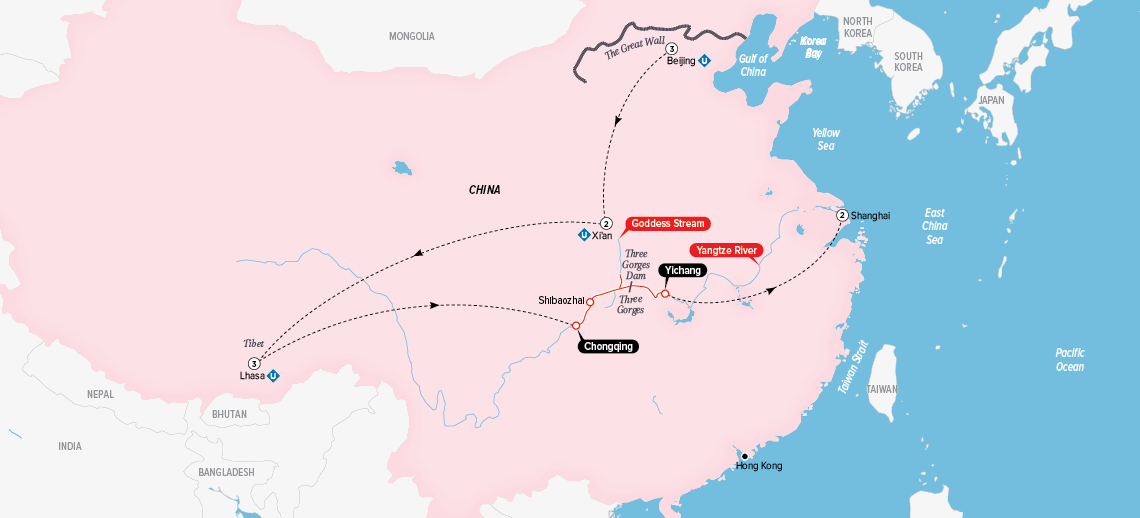

Day-To-Day Itinerary
DAY 1: Beijing
DAY 2: Beijing
DAY 3: Beijing
DAY 4: Beijing, Fly to Xi’an
DAY 5: Xi’an
DAY 6: Xi’an, Fly to Lhasa
DAY 7: Lhasa
DAY 8: Lhasa
DAY 9: Lhasa, Fly to Chongqing (Embark), Cruising the Yangtze River
DAY 10: Cruising the Yangtze River, Shibaozhai
DAY 11: Cruising the Yangtze River, Goddess Stream
DAY 12: Cruising the Yangtze River, Yichang (Disembark), Fly to Shanghai
DAY 13: Shanghai
DAY 14: Depart Shanghai

